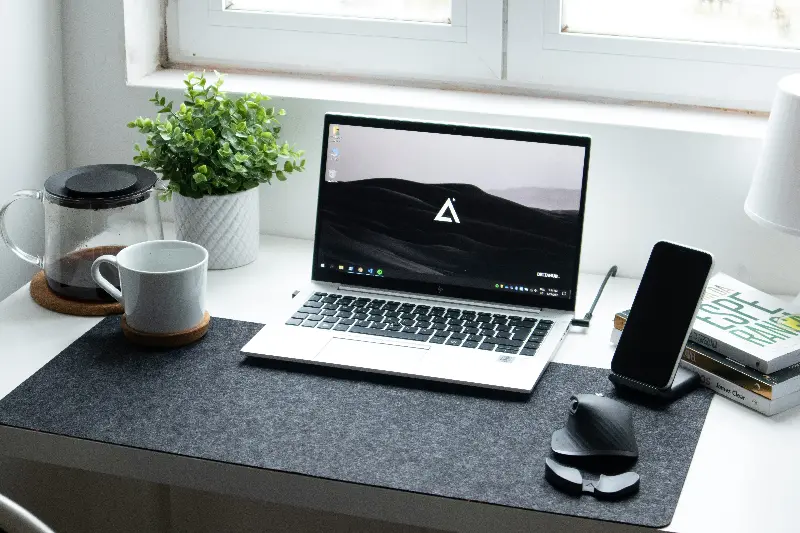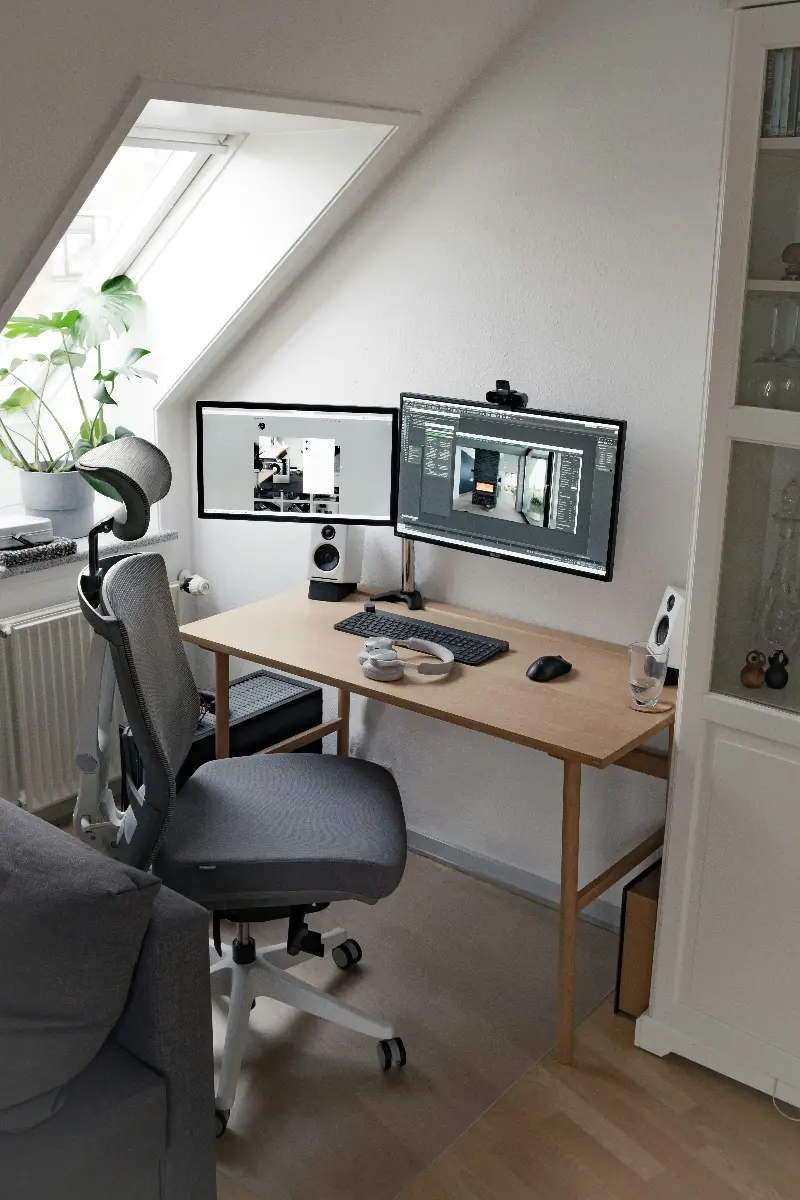Take a peek behind the closed doors of the world’s top leaders—from tech titans in London to financial moguls in Tokyo—and you’ll notice a common thread: their workspaces look almost…bare. Pristine desks with minimal clutter have become the unlikely signature of decision-makers who juggle billions and shape industries. Yet, this isn’t about aesthetic minimalism; it’s a powerful, strategic choice.
Imagine entering a room where every surface is clear, every item seems intentional. The energy feels different—calm, focused, and ready for action. This is no coincidence. Science and experience tell us that our physical environment directly influences our ability to think clearly, act decisively, and innovate boldly.
The Psychology Behind the Clear Desk Phenomenon
Why do leading CEOs, diplomats, and entrepreneurs insist on tidy desks? The answer is anchored in neuroscience. Excess clutter overloads our minds with stimuli, subtly increasing stress and reducing our working memory. This makes it harder to prioritise and make sound decisions—something leaders cannot afford.
Studies from institutions such as Princeton University confirm: individuals in organised spaces can focus better, process information more rapidly, and experience less anxiety. A clean desk, it turns out, isn’t just neat—it’s neurologically efficient.
It’s not about perfection—it’s about creating an environment where only what matters remains in sight.

The Clear Desk as a Productivity Catalyst
Top leaders use their desks as a physical reflection of their mental priorities. Here’s how a tidy workspace drives tangible benefits:
- Laser-Focus: With only mission-critical items in view, distractions shrink. Decision-making becomes swifter.
- Enhanced Creativity: White space invites fresh ideas; clutter repels them.
- Professional Image: An uncluttered view broadcasts an aura of competence and self-discipline.
Moreover, leading by example in desk habits sets a standard for teams. When a manager’s workspace is intentional and streamlined, it subtly encourages others to follow suit—propelling an entire organisation toward agile, clearheaded execution.
Practical Habits of Clutter-Free Leaders
How do high-achievers keep their desks so relentlessly clear? They swear by a set of daily rituals—each deceptively simple, but deeply effective:
- The Five-Minute Reset: At the end of every day, they sweep away anything not essential for tomorrow.
- Single-Tasking Zones: Only tools or papers for the current project stay on the desk; everything else is filed away.
- Weekly Purges: Old notes, redundant memos, and spent supplies are systematically removed.
These micro-habits, when repeated, build an environment where every decision and action flows untethered by distraction.

The Hidden Advantage: Making Space for Big Decisions
The clear desk is more than a productivity hack—it’s a strategic foundation. When leaders sit down to make choices that impact hundreds, even thousands, the last thing they need is visual noise whispering for their attention. A bare desk whispers clarity; a chaotic one shouts confusion.
As leadership expert Peter Drucker famously said, “Efficiency is doing things right; effectiveness is doing the right things.” The clear desk, strikingly, unlocks space for the latter.
A Blank Canvas for Tomorrow’s Vision
So, the next time you see a clear desk, don’t assume it’s simply tidy for tidiness’ sake. Remember that it’s a conscious tool, wielded by those whose decisions matter most. Consider: What might you accomplish if your workspace set your mind free of yesterday’s distractions? Perhaps, like the world’s top leaders, your next bold move requires nothing more than a little extra space.
